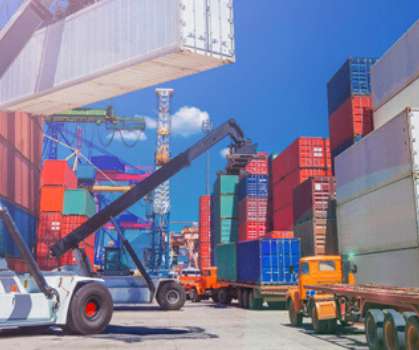Staying Ahead of Supply Chain Paradigms – LogiSYM September 2020
The Logistics & Supply Chain Management Society
SEPTEMBER 25, 2020
Experts and pundits are forecasting wholesale changes to every industry and every part of life, but only a minority of these forecasts of massive, permanent change will bear out. Others are wishful thinking on the part of ideologically or emotionally motivated forecasters,” writes the firm on their website.















Let's personalize your content